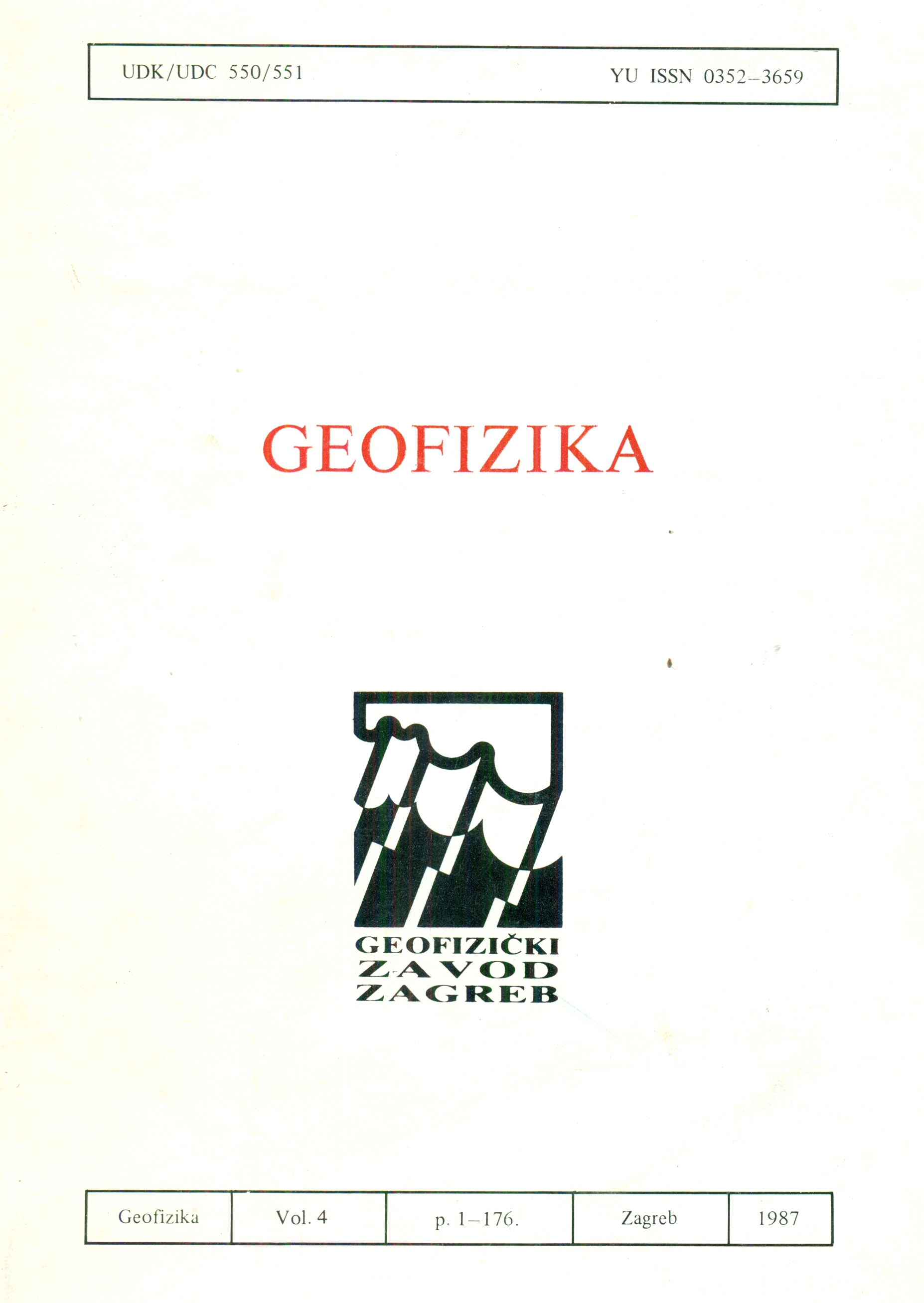Predicting the currents in the North Adriatic and the problem of ill-defined wind forcing
Abstract
The wind-induced currents in the Northern Adriatic have been studied by present authors using a hydrodynamical numerical model and empirical data collected in the area. In the model, based on linearized equations of motion and continuity, the wind momentum transferred at the sea surface is the only forcing mechanism. The usual quadratic law of the form:
is used to parameterize the stress The parameters in the equation, the drag coefficient ( C D ), the air density ( r a ), and the wind velocity ( u a , v a ) are often taken as constants. In this paper the constant parameters are used to define the starting, reference case; the influence of variability in the parameters, heterogeneous wind field and variable C D in particular, is then examined. Four output fields, the sea-level displacement, vertically averaged current, surface current, and bottom current have been calculated for each simulated case. The predictions of the four fields differ considerably when the heterogeneous stress field, due to wind curl or drag coefficient, is introduced. Modelling results indicate that inadequate knowledge of the stress field combined with local topographic and coastal influences can produce a factor of two difference in current magnitude and tens of degree difference in current direction.
Downloads
Published
Issue
Section
License
Copyright (c) 2021 Geofizika journal

This work is licensed under a Creative Commons Attribution-NonCommercial 4.0 International License.

